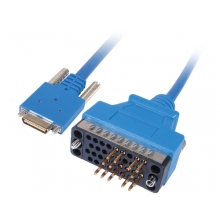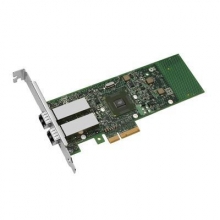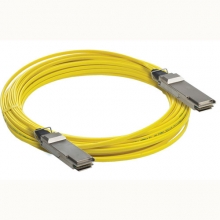- Optical Transceivers
- SFP+ Transceivers
- XENPAK Transceivers
- XFP Transceivers
- X2 Transceivers
- SFP Transceivers
- Compatible SFP
- 3Com SFP
- Alcatel-Lucent SFP
- Allied Telesis SFP
- Avaya SFP
- Brocade SFP
- Cisco SFP
- D-Link SFP
- Dell SFP
- Enterasys SFP
- Extreme SFP
- Force10 SFP
- Foundry SFP
- H3C SFP
- HP SFP
- Huawei SFP
- Intel SFP
- Juniper SFP
- Linksys SFP
- Marconi SFP
- McAfee SFP
- Netgear SFP
- Nortel SFP
- Planet SFP
- Q-logic SFP
- Redback SFP
- SMC SFP
- SUN SFP
- TRENDnet SFP
- ZYXEL SFP
- Other SFP
- FE SFP
- GE SFP
- OC3 SFP
- OC12 SFP
- OC48 SFP
- Copper SFP
- CWDM SFP
- DWDM SFP
- BIDI SFP
- Fiber Channel SFP
- Multi-Rate SFP
- SGMII SFP
- Compatible SFP
- GBIC Transceivers
- Passive Components
- Networking
- Cables
- Equipments
- Tools
- Special Offers


Telephones are connected to the telephone exchange
Telephones are connected to the telephone exchange via a local loop, which is a physical pair of wires. Prior to the digital age, the use of the local loop for anything other than the transmission of speech, encompassing an audio frequency range of 300 to 3400 Hertz (voiceband or commercial bandwidth) was not considered.
However, as long distance trunks were gradually converted from analog to digital operation, the idea of being able to pass data through the local loop (by utilizing frequencies above the voiceband) took hold, ultimately leading to DSL.
For a long time it was thought that it was not possible to operate a conventional phone-line beyond low-speed limits (typically under 9600 bit/s). In the 1950s, ordinary twisted-pair telephone-cable often carried four megahertz (MHz) television signals between studios, suggesting that such lines would allow transmitting many megabits per second. One such circuit in the UK ran some ten miles (16 km) between Pontop Pike transmitter and Newcastle on Tyne BBC Studios. It was able to give the studios a low quality cue feed but not one suitable for transmission. However, these cables had other impairments besides Gaussian noise, preventing such rates from becoming practical in the field. The 1980s saw the development of techniques for broadband communications that allowed the limit to be greatly extended.



















































